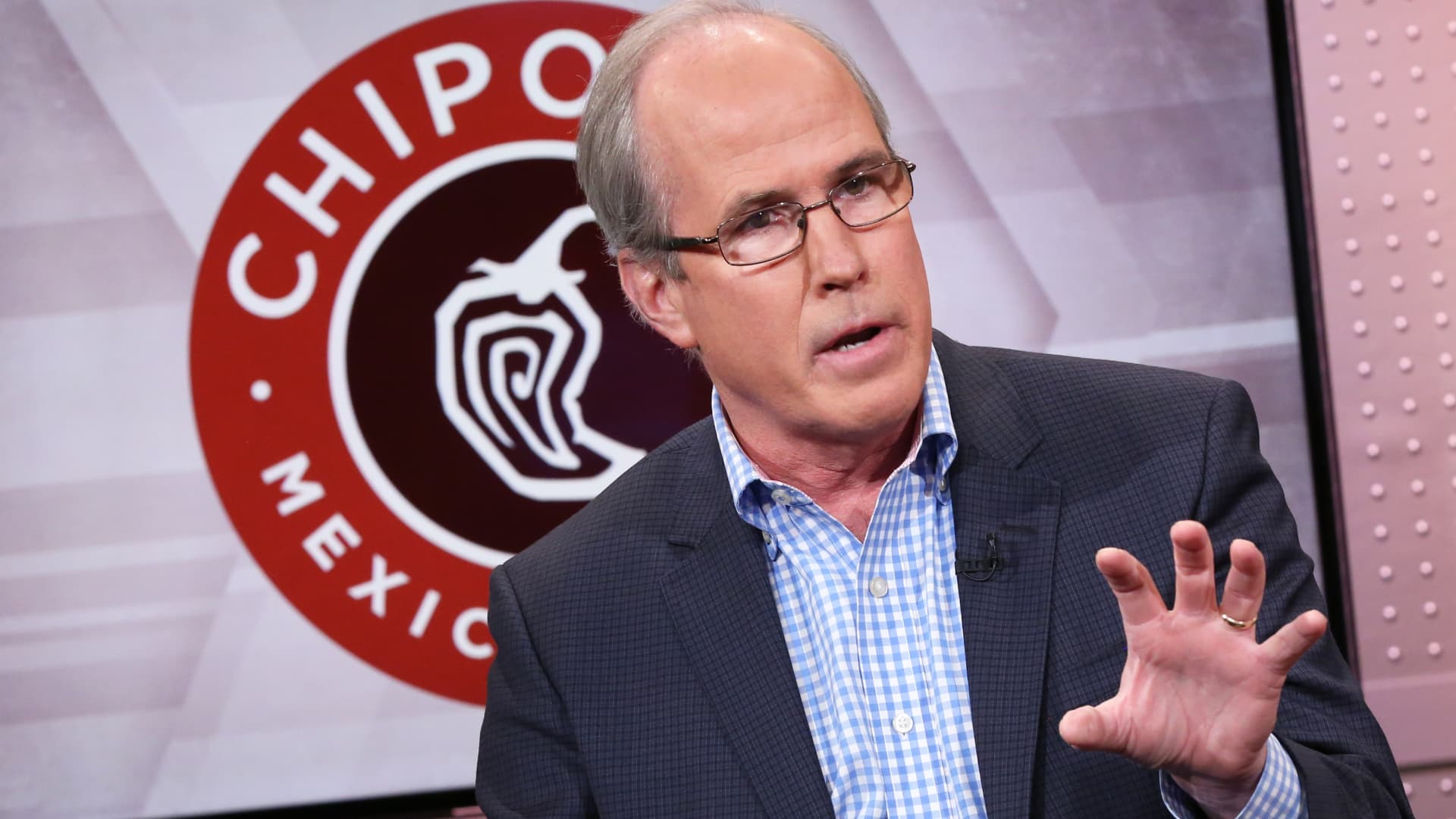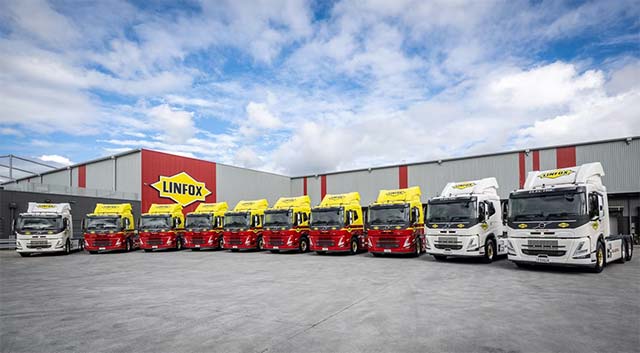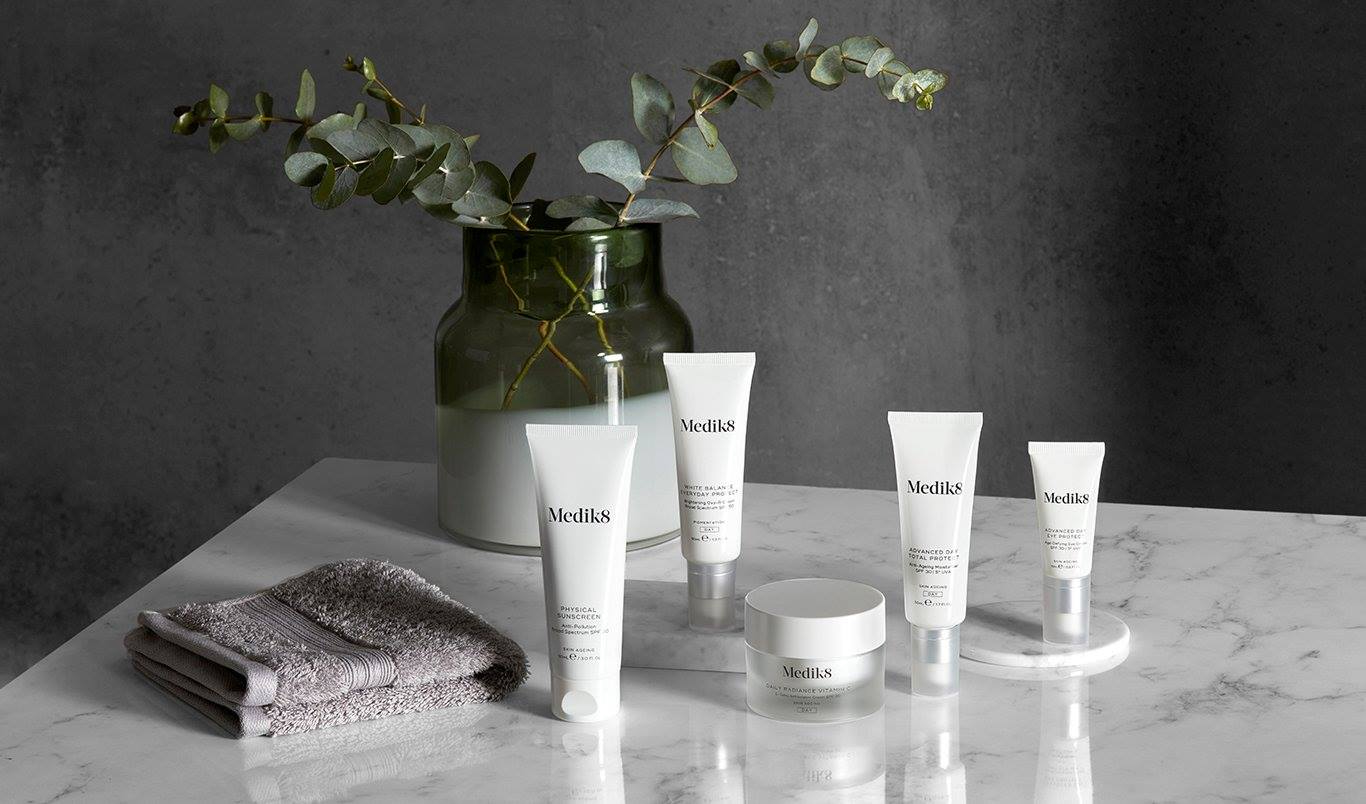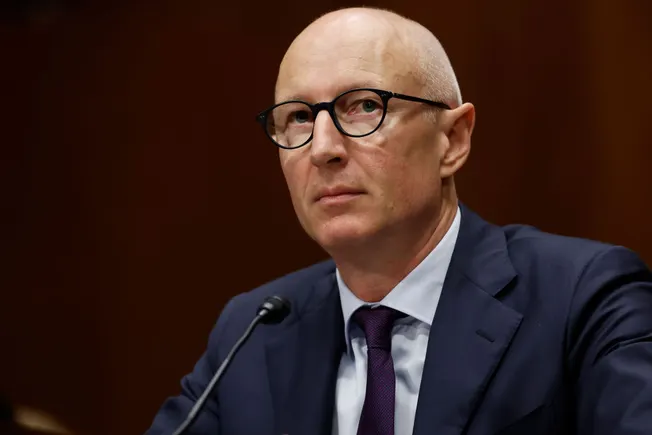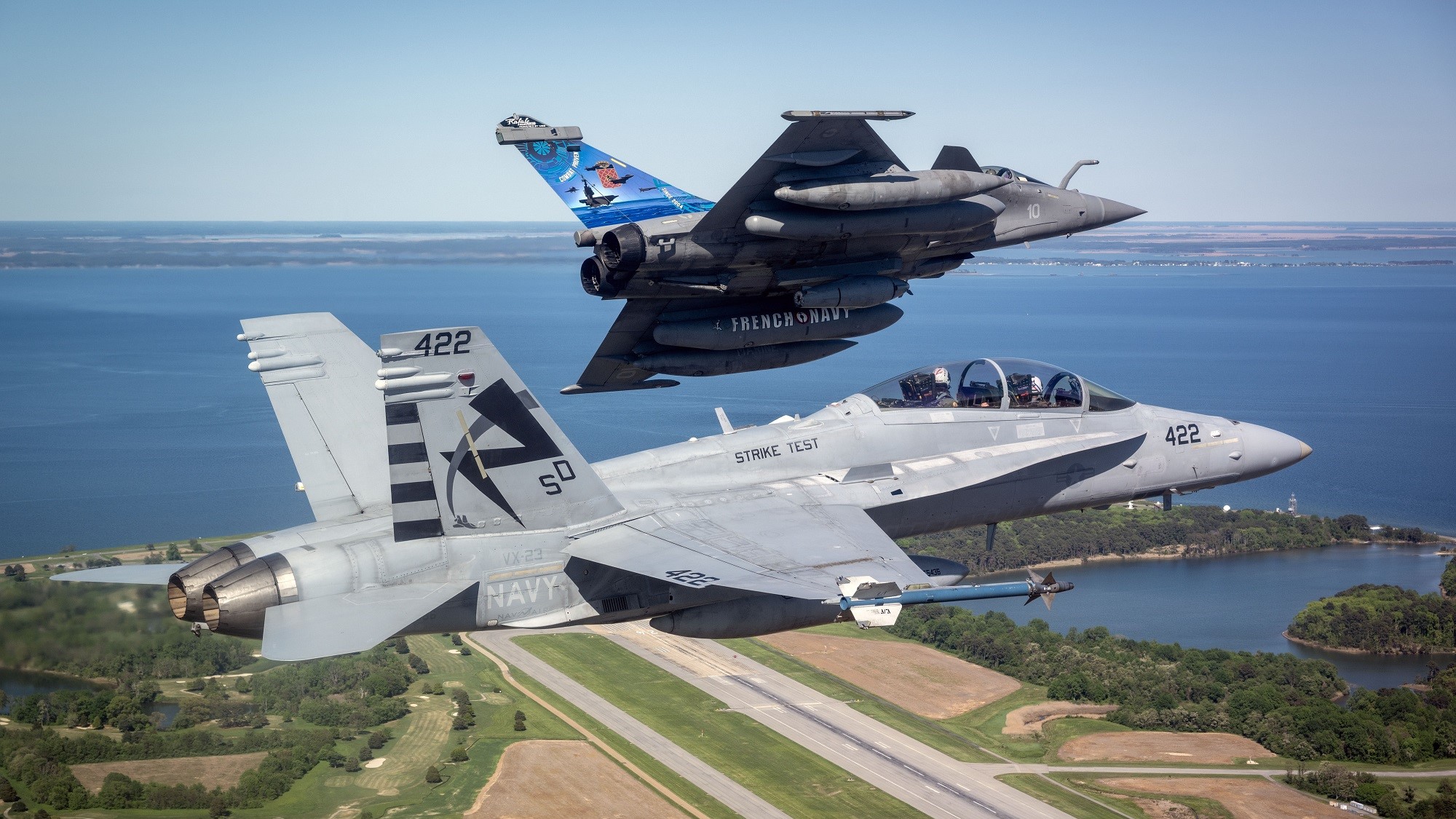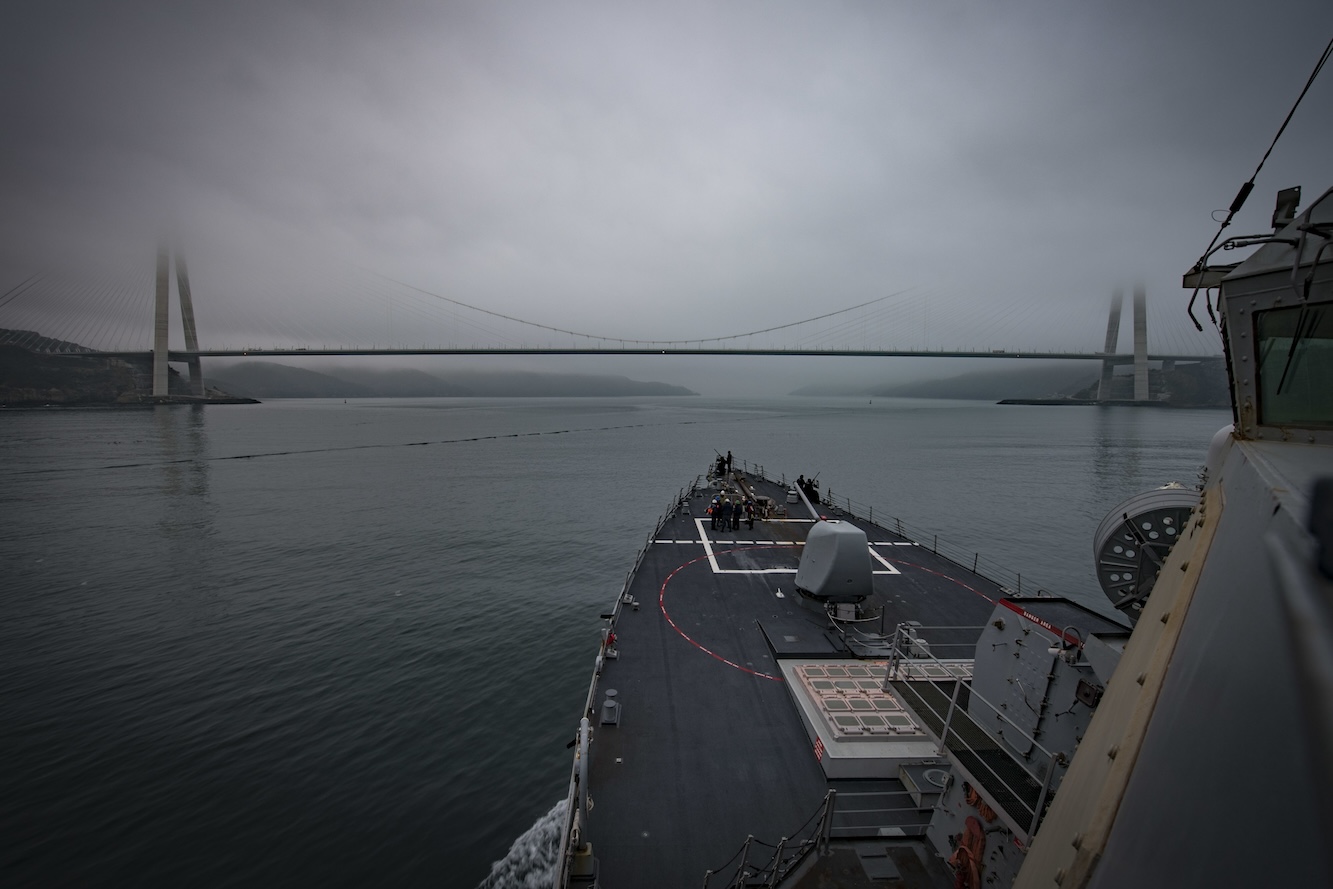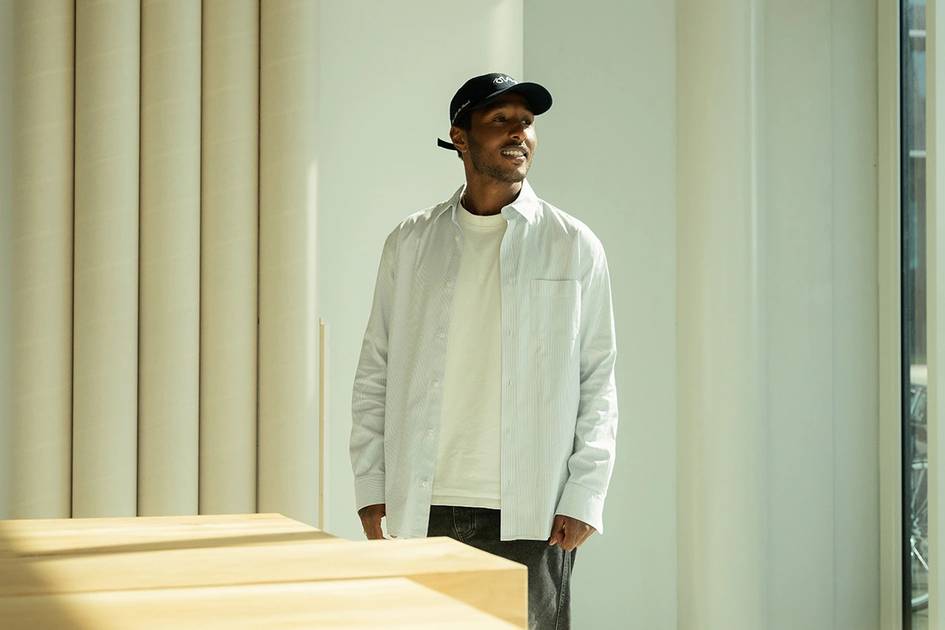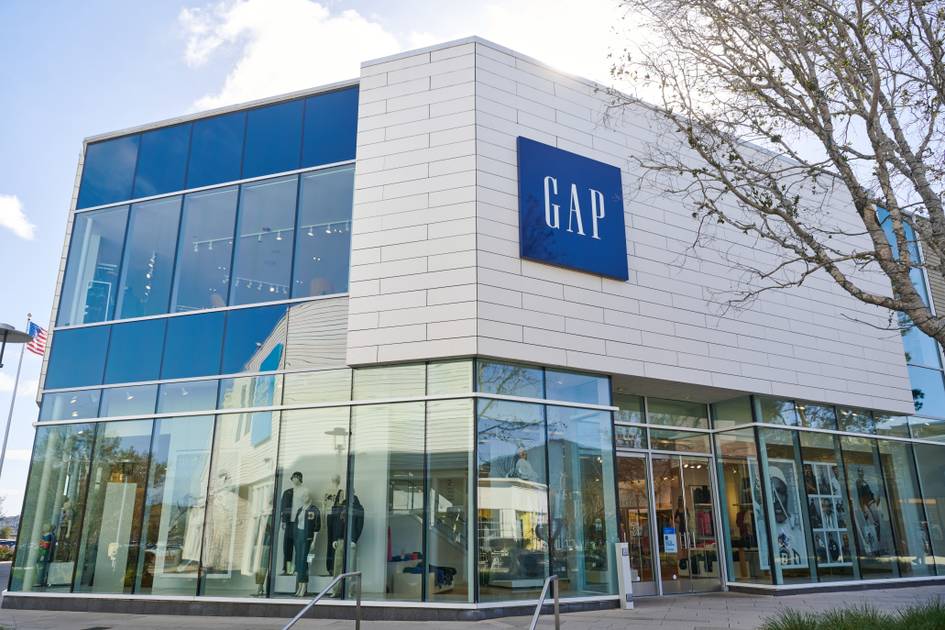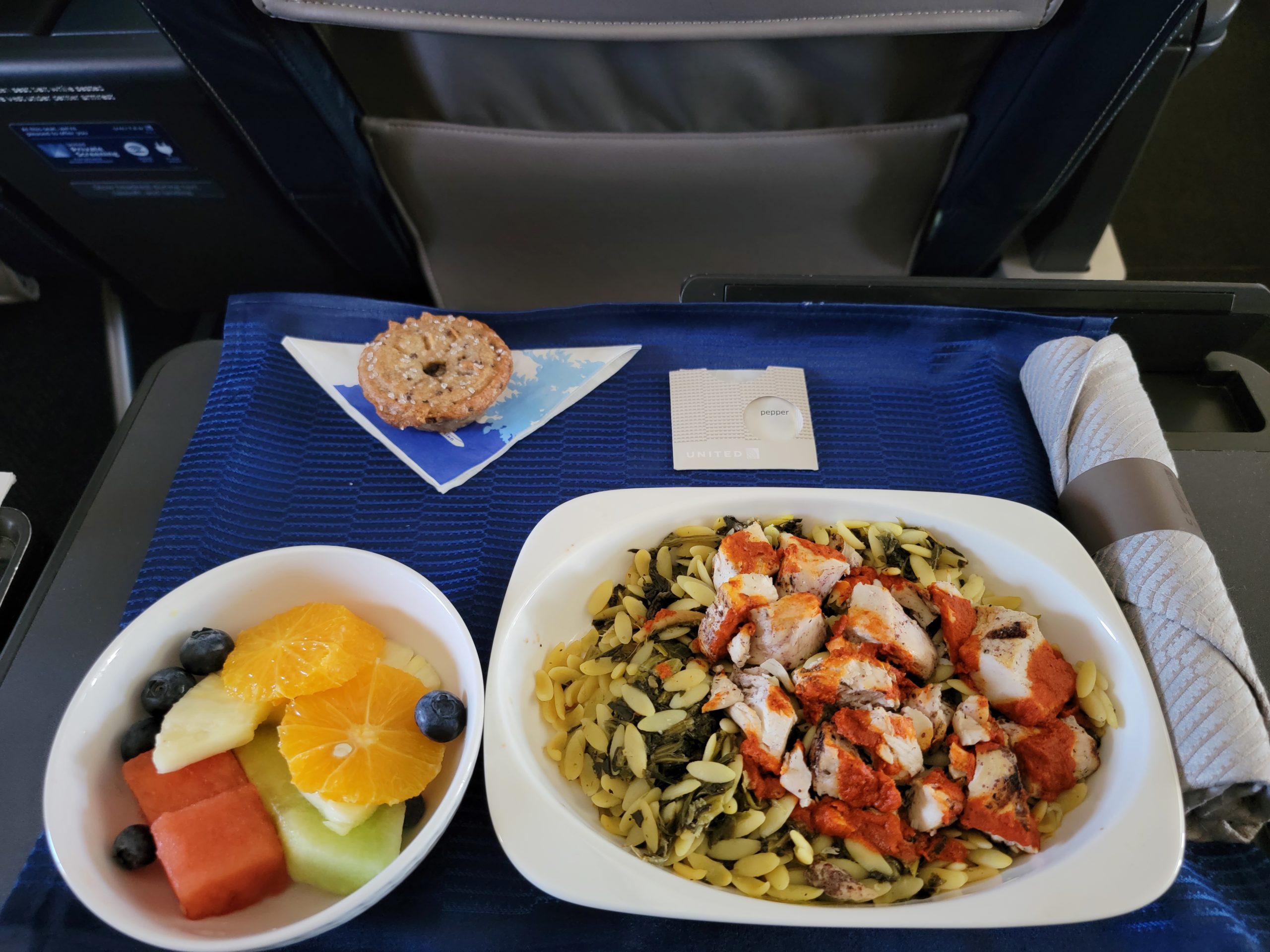Struggles at Lanvin Group as parent company eyes asset sales
Boutique Lanvin Credits: Lanvin Fosun International’s efforts to build a global luxury portfolio under its fashion arm the Lanvin Group, may be in flux. The Chinese conglomerate, which spent the last decade acquiring high-end brands including Lanvin, Wolford, and St. John Knits, is now reported to be open to divesting from some of its fashion investments, highlighting the challenges of translating financial ambition into fashion success. At the heart of these challenges is Lanvin, France’s oldest couture house. Despite Peter Copping’s well-received debut in January, the brand, once seen as the centrepiece of Fosun’s fashion strategy that survived wars and revolutions, has struggled to regain relevance despite attempts at revitalisation. The New York Times said the brand had been on “life support” since Alber Elbaz’s ousting in 2015. It remains to be seen how well Copping’s first collection will do at retail once it hits the shelves. Fosun took control of Lanvin in 2018 and later bundled the brand into Lanvin Group alongside other fashion houses, aiming to create operational synergies and prepare for a public listing. However, persistent underperformance, creative turnover, and branding missteps have hampered progress. A year of transformation In April, Lanvin Group CEO Zhen Huang offered a cautiously positive outlook. "2024 was a year of transformation for Lanvin Group. While market conditions were challenging, we made critical strides in strengthening our brands, optimizing our operations, and laying the groundwork for future growth. With our renewed creative leadership and disciplined execution, we are confident in our ability to navigate the evolving luxury landscape and deliver long-term value," he said. However, some industry observers remain skeptical, noting that unlike Burberry — where new CEO Joshua Schulman has taken a more introspective approach — Lanvin Group appears more focused on macroeconomic explanations than deep course correction. While it is easy to blame market conditions, the reality is that there’s been poor stewardship, high turnover and a lack of clarity in design and operations. Burberry has faced similar pressures, but its leadership, along with creative director Daniel Lee, has been willing to make difficult changes. Will Lanvin Deputy CEO Siddhartha Shukla and Peter Copping make similar strides? According to reports by Miss Tweed, Fosun is now quietly open to sell not only its houses but also reportedly offloading tangible assets, such as buildings and production facilities, in an effort to raise capital and reduce operational costs. This signals not just cost-cutting but also a move away from long-term brand investment. The timing is particularly difficult, as global luxury demand has softened in key markets like China and Europe. A looming trade war and changing consumer priorities have made it harder for brands without a strong narrative or clearly defined identity to maintain relevance. Fosun’s fashion strategy, once heralded as a bold push into the luxury space, is now being viewed by some in the industry as a case study in overreach. A deep understanding of European luxury is needed Creating a fashion group is not just about scaling up, of course. Without a deep understanding of what makes a brand special, you risk turning decades of heritage into something irrelevant. As sales decline and pressure intensifies, Lanvin's future hangs in the balance. Whether the brand — or its parent Group — will sell, double down on investment, or succeed in restoring market relevance remains to be seen. Much now rests on Peter Copping’s Fall 2025 collection, which industry observers hope could be the spark Lanvin needs — or a final confirmation that the house has become a ghost of its former self.
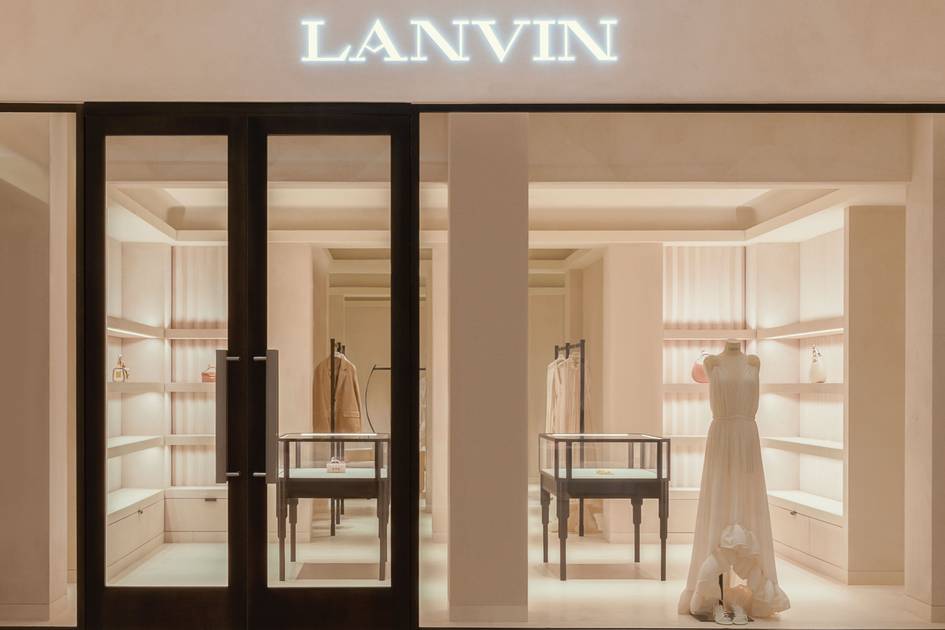
Fosun International’s efforts to build a global luxury portfolio under its fashion arm the Lanvin Group, may be in flux. The Chinese conglomerate, which spent the last decade acquiring high-end brands including Lanvin, Wolford, and St. John Knits, is now reported to be open to divesting from some of its fashion investments, highlighting the challenges of translating financial ambition into fashion success.
At the heart of these challenges is Lanvin, France’s oldest couture house. Despite Peter Copping’s well-received debut in January, the brand, once seen as the centrepiece of Fosun’s fashion strategy that survived wars and revolutions, has struggled to regain relevance despite attempts at revitalisation. The New York Times said the brand had been on “life support” since Alber Elbaz’s ousting in 2015. It remains to be seen how well Copping’s first collection will do at retail once it hits the shelves.
Fosun took control of Lanvin in 2018 and later bundled the brand into Lanvin Group alongside other fashion houses, aiming to create operational synergies and prepare for a public listing. However, persistent underperformance, creative turnover, and branding missteps have hampered progress.
A year of transformation
In April, Lanvin Group CEO Zhen Huang offered a cautiously positive outlook. "2024 was a year of transformation for Lanvin Group. While market conditions were challenging, we made critical strides in strengthening our brands, optimizing our operations, and laying the groundwork for future growth. With our renewed creative leadership and disciplined execution, we are confident in our ability to navigate the evolving luxury landscape and deliver long-term value," he said.
However, some industry observers remain skeptical, noting that unlike Burberry — where new CEO Joshua Schulman has taken a more introspective approach — Lanvin Group appears more focused on macroeconomic explanations than deep course correction.
While it is easy to blame market conditions, the reality is that there’s been poor stewardship, high turnover and a lack of clarity in design and operations. Burberry has faced similar pressures, but its leadership, along with creative director Daniel Lee, has been willing to make difficult changes. Will Lanvin Deputy CEO Siddhartha Shukla and Peter Copping make similar strides?
According to reports by Miss Tweed, Fosun is now quietly open to sell not only its houses but also reportedly offloading tangible assets, such as buildings and production facilities, in an effort to raise capital and reduce operational costs. This signals not just cost-cutting but also a move away from long-term brand investment.
The timing is particularly difficult, as global luxury demand has softened in key markets like China and Europe. A looming trade war and changing consumer priorities have made it harder for brands without a strong narrative or clearly defined identity to maintain relevance.
Fosun’s fashion strategy, once heralded as a bold push into the luxury space, is now being viewed by some in the industry as a case study in overreach.
A deep understanding of European luxury is needed
Creating a fashion group is not just about scaling up, of course. Without a deep understanding of what makes a brand special, you risk turning decades of heritage into something irrelevant.
As sales decline and pressure intensifies, Lanvin's future hangs in the balance. Whether the brand — or its parent Group — will sell, double down on investment, or succeed in restoring market relevance remains to be seen. Much now rests on Peter Copping’s Fall 2025 collection, which industry observers hope could be the spark Lanvin needs — or a final confirmation that the house has become a ghost of its former self.


























